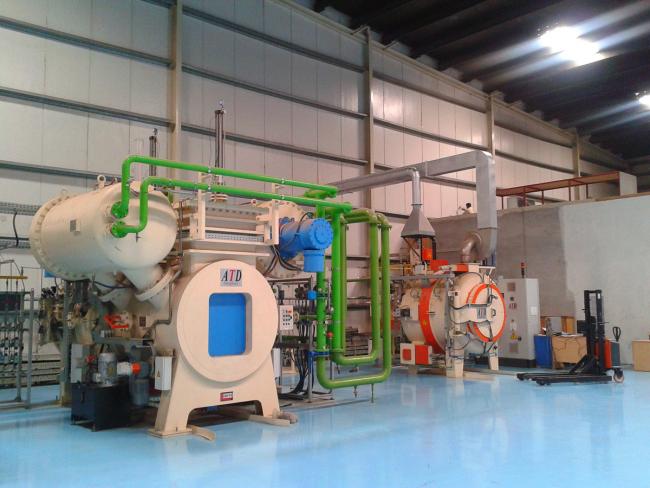
Heat treating is the process of heating, holding and then cooling certain metals to improve their structural and physical properties. This changes the internal structure of the metal and may cause the material to become harder and stronger, or softer, and weaker, depending on the method used. Heat treating can also impact straightness and tolerance. It is one of the most significant processes for making alloys and metals usable in further processes like forming, bending and machining.
Heat Treating Process
There are several types of heat treating to consider: Hardening, tempering, annealing, normalizing, and case hardening for ferrous metals and annealing and solution treatment for non-ferrous metals. Each step typically involves heating, soaking and cooling in order to bring about the desired change of the metal property.
Depending on which type of heat treatment method is chosen, the outcome may result in improved machinability, more refined grain structure, improved mechanical properties, increased ductility and tensile strength, resistance to wear, or a change in magnetic properties to name a few. It is most commonly used for the treatment of metals, but can also be used on aluminum, steel, glass and other materials.
